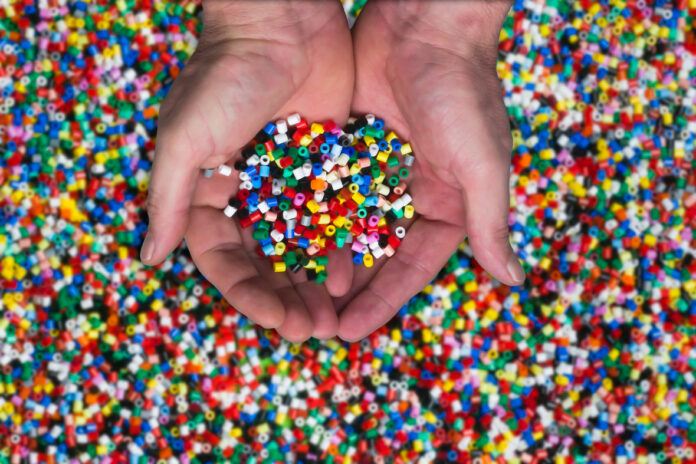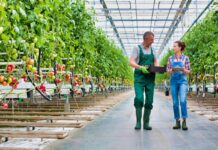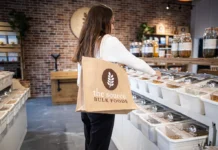Plastic is a rigid substance. We are laden with a lot of these elements around us. From our daily household chores to huge industries, it has become a part of our lives. But you might know that this plastic in any form is perilous to the environment. A massive chunk of this scrap is let into rivers, oceans and other natural resources, creating a hazard. So we’re juggling between its widespread usage and maintaining environmental sustainability. You might be thinking, “Are all plastics the same?”
The answer is NO.
We daily encounter different types of plastics. Some are recyclable; some are not because they possess chemicals that can’t be recycled—some need to be disposed of differently from usual. Different types of this material create an impact on the environment in different ways. All you need is to know what items you’re using and whether they are recyclable or not.
Here we will walk you through the basic seven types of plastics we’re surrounded with. So read the complete blog to know more!
1. PET or PETE (Polyethylene Terephthalate)
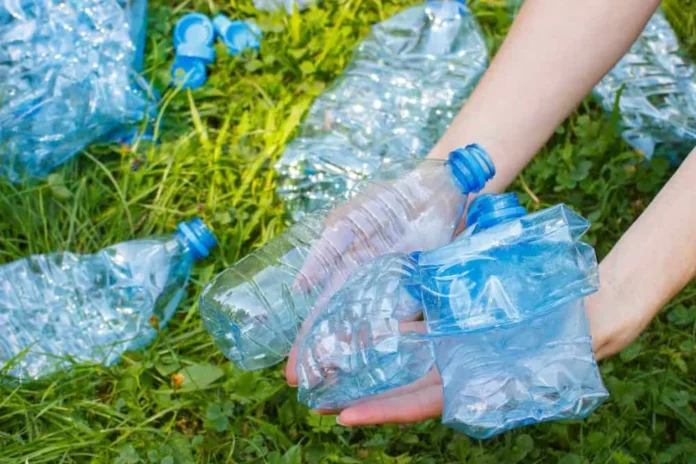
It is also known as polyester; PET is a wrinkle-free fibre. It’s widely used for its property to prevent oxygen from entering inside and contaminating the product. This property is mainly utilized for food and drink packaging. It also refrains the carbonated drinks from getting out of the container. PET is recyclable plastic, and it contains antimony trioxide, which is considered a carcinogen – capable of causing cancer in living tissue.
If a liquid is left in a PET container for longer, it can release antimony. Moreover, in the warm temperatures inside garages, cars, and enclosed spaces, there are greater chances of releasing this toxic matter. However, PET has a significant track record in recycling, and as a matter of fact, PET bottles are the most vastly recycled element in the world.
2. HDPE
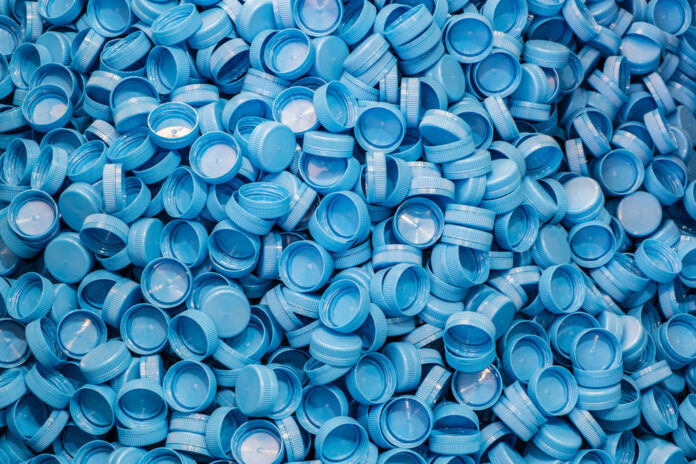
High-Density Polyethylene or HDPE is much stronger and thicker than PET as it comprises long unbranched polymer chains. For a reason being, this plastic form is widely used for recycling bins, milk jugs, agricultural pipes, and grocery bags, along with playground equipment, shampoo bottles, medicine bottles, and others. In addition, the HDPE substance is relatively complex and resistant to impact and can bear temperatures up to 120 degrees C.
HDPE is comparatively more stable than PET and easily recyclable. Therefore, it is a convenient and safer alternative for storing food and drinks.
3. PVC or Polyvinyl Chloride
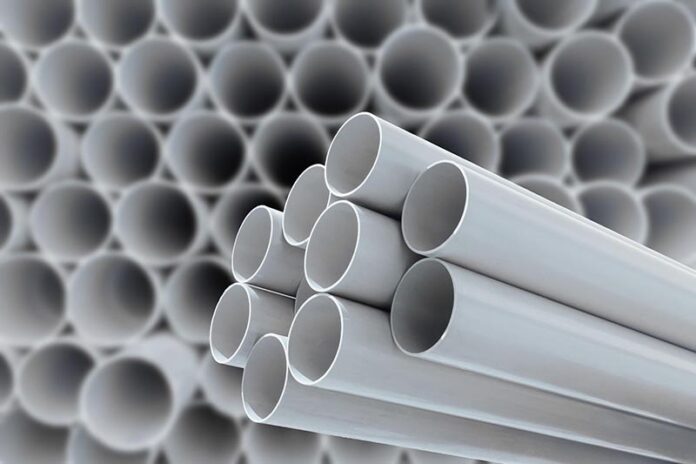
PVC or polyvinyl chloride is the next type used widely for cling wraps, blister wrap, toys, detergent bottles, medical tubing, blood bags, and loose-leaf binders. PVC is considered the third most widely produced synthetic plastic polymer. PVC is categorized into two types – flexible and rigid. Its rigid form has applications in the building and construction industry for making doors, pipes, and window profiles.
Whereas its flexible forms mixed with other elements, it can be turned into a softer structure and can be helpful in wiring, plumbing, electrical cable insulation & flooring. For its features like ease of processability, strength, and lightness, PVC gradually replaces conventional building materials like metal, wood, ceramics, rubber, etc., for varied uses. However, on the toxicity scale, it is considered the most hazardous element that may leach chemicals such as cadmium, lead, mercury, phthalates, and others and it is hardly recyclable.
4. LDPE
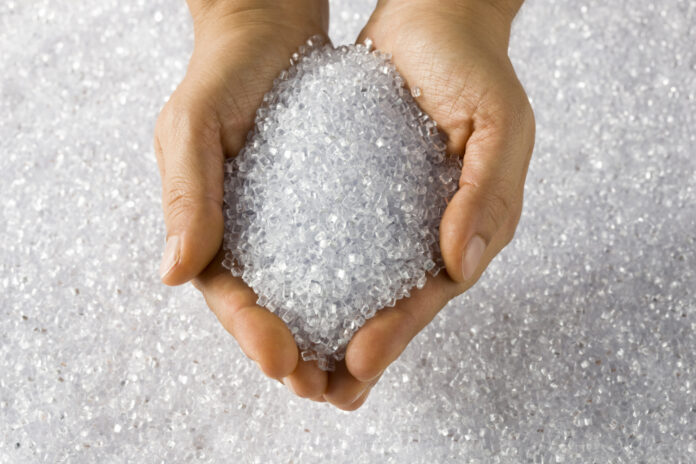
LDPE or Low-Density Polyethylene is the next in the family and has the simplest plastic polymer chemical structure. It makes it very cheap and easy to process. LDPE is commonly used to make bags for frozen food, bread, grocery, garbage, newspapers, hot & cold beverage cups, wraps, coatings for paper milk cartons, food storage containers, container lids, and others. It is the most used type of plastic in the world, and it is less dense and crystalline due to significant chain branching along with long side chains. Hence it is a more thin & flexible form of polyethene. LDPE might cause harmful hormonal effects in humans, and it is difficult to recycle.
5. PP
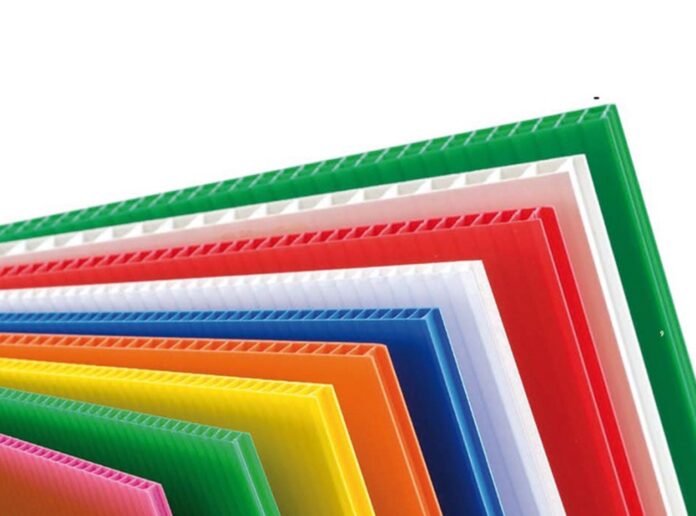
PP or Polypropylene is yet another form widely used in the storage of hot food. It is more stiff and resistant to heat. The strength quality of PP is between LDPE and HDPE. It is widely used in car parts, thermal vests, sanitary pad liners, disposable diapers, etc. However, PP is not easily recyclable in nature and can cause ailments like asthma and hormone disruption in humans.
6. PS
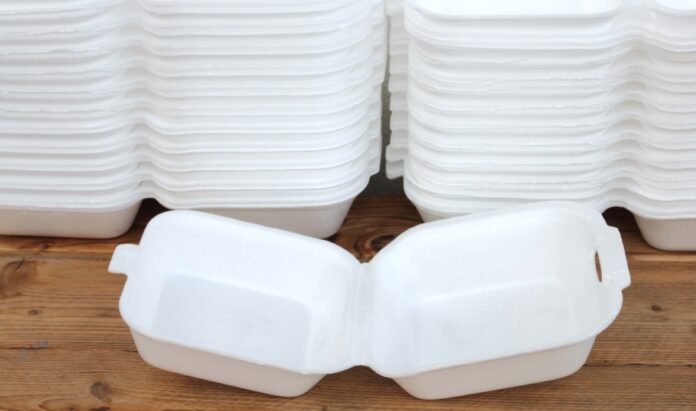
Polystyrene is the next type that can be easily found around us in packing materials for egg cartons, insulation, disposable dinnerware, and beverage cups. It is an inexpensive resin per unit weight and easy to produce, and because of these reasons, it can be found easily near us. Also known as Styrofoam, this is highly inflammable and toxic as it can leach chemicals, especially when heated.
It is a non-biodegradable type of element, and its foam can float on water and blow in the wind because of its low specific gravity. Moreover, PS has a low recycling rate.
7. Other plastics
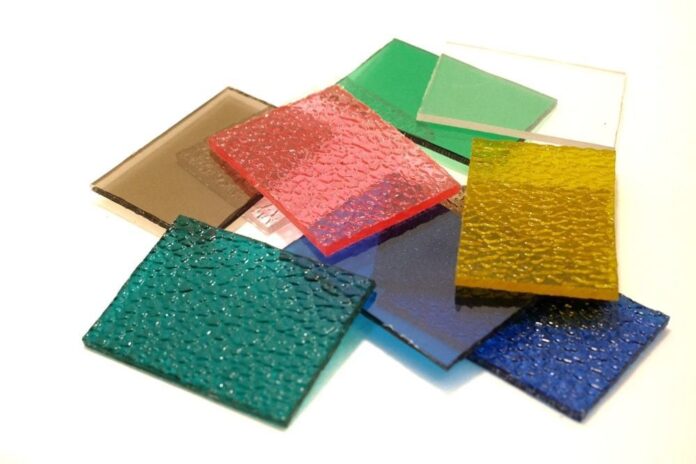
It is the last category that constitutes such plastic-type that doesn’t fit into the above six categories. The most popular is polycarbonates (PC), used to build tough and robust products. These are used to make lenses of sport and safety goggles, sunglasses, etc. Not only has this, elements like in compact discs mobile phones also fall under this type.
Wrapping Up
The above mentioned are the basic seven types of plastic that consolidate all sorts. All have different recycling processes and uses. If you are searching for a recycling facility, you can go to site of MikaCycle and get the most efficient plastic recycling services.
After all, we humans are responsible for the mess we create. Although this substance has huge and unavoidable applications in our daily lives, the least we can do is dispose of, reuse or recycle it to generate fewer hazards to the environment.

